
An introduction on how to classify particles
- Subject:
- Physics
- Science
- Material Type:
- Activity/Lab
- Lesson
- Provider:
- Fermi National Lab
- Author:
- Fermi National Lab
- Date Added:
- 11/08/2024

An introduction on how to classify particles

A diagram of how a photo multiplier tube works

Examine each geometric figure for rotational and mirror symmetry. Organize them into three groups based on how many types of symmetry they have: one, two or none

Examine each geometric figure for rotational and mirror symmetry. Organize them into three groups based on how many types of symmetry they have: one, two or none
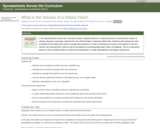
SSAC Physical Volcanology module. Students build a spreadsheet to estimate the volume of volcanic deposits using map, thickness and high-water mark data from the 2005 Panabaj debris flow (Guatemala).
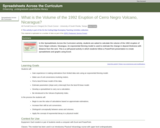
SSAC Physical Volcanology module. Students build a spreadsheet to calculate the volume a tephra deposit using an exponential-thinning model.

This activity is an inquiry approach to teaching what force is. Students will learn what push, pull, gravity, and friction are.

With the help of simple, teacher-led demonstration activities, students learn the basic physics of heat transfer by means of conduction, convection, and radiation. They also learn about examples of heating and cooling devices, from stove tops to car radiators, that they encounter everyday in their homes, schools, and modes of transportation. Since in our everyday lives there are many times that we want to prevent heat transfer, students also consider ways that conduction, convection, and radiation can be reduced or prevented from occurring.
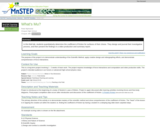
This activity is a field investigation where students design an experiment to determine the coefficient of friction for two contacting surfaces.
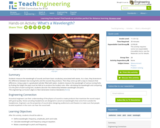
Students measure the wavelength of sounds and learn basic vocabulary associated with waves. As a class, they brainstorm the difference between two tuning forks and the sounds they produce. Then they come up with a way to measure that difference. Using a pipe in a graduated cylinder filled with water, students measure the wavelength of various tuning forks by finding the height the pipe must be held at to produce the loudest note. After calculating the wavelength and comparing it to the pitch of each tuning fork, students discover the relationship between wavelength and pitch.
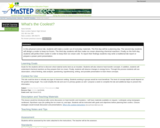
This activity will demonstrate heat transfer, chemical reactions, and insulators.

Berkeley Lab's K-12 Education office a live science demonstration and activity for families on Friday, Aug 21on astronomy and offered stargazing tips via a virtual tour.

In the first half of this two-part activity, students practice solving problems involving refraction using the index of refraction and Snell's law equations; they mathematically solve for precise angles and speeds caused by refraction. In the second half of the activity, a hands-on lab, they apply the analytical skills required by the problem set to reflectance measurements of porous silicon thin films, including how reflectance measurements would change if various aspects of the film were altered. Students predict the data output in the form of reflectance measurements when samples are altered, which connects to the idea of being able to make predictions about the data output of a biosensing thin film that couples with a target molecule.

Why do some particles gain mass? A demonstration

Why do some particles gain mass? A demonstration
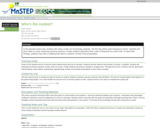
This activity is a classroom lab making coolers to investigate which type of material is the best insulator.

This activity is an inquiry based activity where students investigate how the force that causes rockets to go into space is similar to air being released from a balloon.

In this animated video segment adapted from NASA, astronomer Doris Daou explains how the forces of speed and gravity keep the Moon in a constant orbit around Earth.
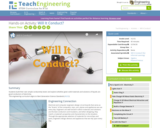
Students build their own simple conductivity tester and explore whether given solid materials and solutions of liquids are good conductors of electricity.
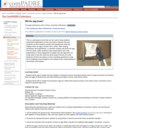
This is a discrepant event that can be used to help students understand applications of the momentum-impulse theorem. Students are first asked to predict and hypothesize what will happen when an egg is thrown into a sheet. After sharing predictions and hypotheses, a volunteer student will throw the egg into the sheet. Other students make observations and craft explanations of what happened to explain why the egg does not break when it hits the sheet but does break if thrown at a wall. Students will then be asked a series of guiding questions to help them challenge misconceptions and sharpen their understanding of momentum and impulse.